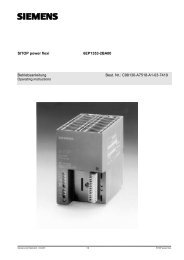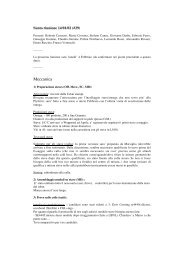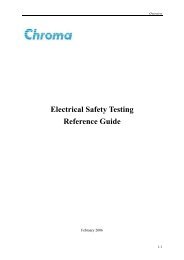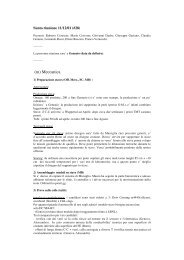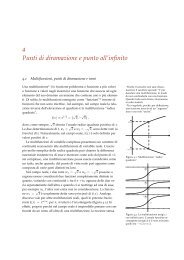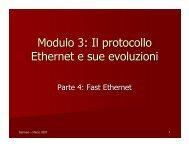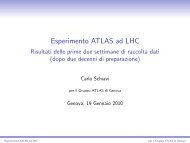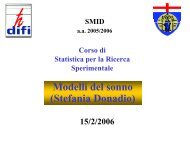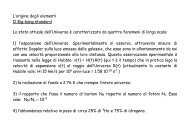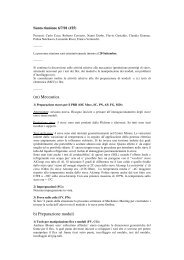Appunti di Fisica Teorica - INFN
Appunti di Fisica Teorica - INFN
Appunti di Fisica Teorica - INFN
You also want an ePaper? Increase the reach of your titles
YUMPU automatically turns print PDFs into web optimized ePapers that Google loves.
(in altre parole, per q ∈ I, il momento coniugato alla coor<strong>di</strong>nata ξq = ξ+ q +i ξ − q<br />
√ è<br />
2<br />
πq = π+ q −i π − q<br />
√ ). L’Hamiltoniana come funzione delle coor<strong>di</strong>nate e dei momenti<br />
2<br />
complessi ξq e πq non è veramente <strong>di</strong>agonale (perchè U sod<strong>di</strong>sfa Eq. (6.9) e<br />
non Eq.(6.3)):<br />
H = π2 0<br />
2m<br />
+ <br />
q<br />
π−q πq<br />
2m<br />
1<br />
+<br />
2 k λq<br />
<br />
ξ−q ξq<br />
(6.32)<br />
È pertanto necessario, per <strong>di</strong>agonalizzare H, definire i seguenti gli operatori<br />
<strong>di</strong> <strong>di</strong>struzione e creazione<br />
Aq =<br />
A † q =<br />
in termini dei quali l’Hamiltoniana si scrive<br />
H = π2 0<br />
i<br />
2ωqm (π−q − imωqξq) (6.33)<br />
−i<br />
2ωqm (πq + imωqξ−q) (6.34)<br />
2m +<br />
q=0<br />
ωq(A † qAq + 1<br />
) (6.35)<br />
2<br />
Si noti che T Aq T † = ζ q Aq in quanto ξq e π−q hanno la stessa <strong>di</strong>pendenza<br />
da xi e pi. Da questo segue che<br />
T A † q|0〉 = ζ −q A † q|0〉 (6.36)<br />
cioè gli stati creati da A † q sono autostati dell’operatore traslazione <strong>di</strong>screto<br />
T .<br />
Notiamo che ξq si scrive in termini degli operatori <strong>di</strong> creazione e <strong>di</strong>s-<br />
truzione:<br />
<br />
ξq =<br />
<br />
2 ωq m (Aq + A †<br />
−q) (6.37)<br />
Pertanto le coor<strong>di</strong>nate originali xi si esprimono come<br />
xi =<br />
1<br />
2 <br />
√<br />
N q<br />
1<br />
2 ωq m (ζ−qi Aq + ζ qi A † q) (6.38)<br />
25




